Intro
Jesus performed many miracles while here on Earth. One has a significant historical impact on the validity of the Gospels and Jesus’ divine nature. The Temple was said to be where God and the Earth touched. Since this was where God was believed to reside on Earth, Jesus’ bold prophecy about this temple’s destruction shook those who heard it. Jews were the chosen people of God and were given all the right tools to succeed. Yet, they focused on the wrong parts. Working hard for the wrong goals. Instead of looking out toward God, they looked into themselves. Simply put, pride took over.
Table of Contents
Jesus’ Prophecy
Context
What Now?
1. Jesus’ Prophecy
Here are three quotes from the Gospels where Jesus predicts the destruction of the Temple in Jerusalem:
Mark 13:1-2
“As he was going out of the temple, one of his disciples said to him, ‘Teacher, look! What massive stones! What impressive buildings!’ Jesus said to him, ‘Do you see these great buildings? Not one stone will be left upon another — all will be thrown down.’ "
Matthew 24:1-2
“As Jesus left and was going out of the temple, his disciples came up and called his attention to its buildings. He replied to them, ‘Do you see all these things? Truly I tell you, not one stone will be left here on another that will not be thrown down.’ "
Luke 19:41-44
“As he approached and saw the city, he wept for it, saying, ‘If you knew this day what would bring peace — but now it is hidden from your eyes. For the days will come on you when your enemies will build a barricade around you, surround you, and hem you in on every side. They will crush you and your children among you to the ground, and they will not leave one stone on another in your midst, because you did not recognize the time when God visited you.’ "
As is typical with Luke, he gives more detail in his account. The reason why the temple, built by God’s chosen people, was going to be destroyed was because they stopped following their God and had started following their own version of God.
2. Context
According to Jewish tradition, the most important religious rituals were the sacrifices made to God. These ceremonies were only allowed to occur within the confines of Solomon’s Temple. This place of worship was built in the kingdom of Judah, in the capital city known as Jerusalem. As described in the Tanakh (Hebrew Bible/Old Testament), the subsection of books known as ‘The Writings’ (the books containing the prophets/Nevi’im), 1 Kings 6 details the foundation for the Temple being laid about 957 BCE.
Construction took place for seven years, exhausting many resources and the lower class of Israelites. They were taken advantage of through extreme taxation to fund the project. When the Temple was complete, Solomon led the whole assembly of Israel in prayer, noting that the temple represented a fulfillment of God’s promise to his father, King David. Solomon dedicated the Temple to be a place of worship and reconciliation for the people of Israel and foreigners living in the land.
For the modern reader, a backdrop must be made concerning the Arc of the Covenant and its housing, known as the Tabernacle. Going back to when Moses had brought down the stone tablets, literally inscribed by God, Moses destroyed the stones out of anger towards the idolatry displayed by the Israelites while he was on the mountain. They reconstructed the tablets but needed a safe place to store the artifacts. God instructed the creation of the Arc of the Covenant to house these and other religious relics of the people.
Once the people had the Arc of the Covenant and their mobile worship tent (the Tabernacle), these artifacts were more significant to the group than any leader. Now, holy rituals could finally take place for the wandering generations. One day they would need a permanent home within their promised land of Canaan, soon to be known as the nation of Israel.
This is how the desire for a permanent temple would be cultivated within the people. True to its name in history as “The First Temple,” Solomon’s incredible architectural masterpiece would be destroyed by King Nebuchadnezzar, who led the invading nation of Babylonians. Destroyed in the year 586 BCE, the first temple had survived for about 400 years and would be rebuilt by Zerubbabel in 515 BCE, taking 6 years to complete.
Without remorse, the Roman general Titus laid siege to Jerusalem in 69 CE. This incursion developed because of the Israelite rebellion against Roman rule, which Titus' father, Vespasian, started in 67 CE. Due to poor leadership within the walls of Jerusalem, an insurrection was started by a group of zealots for control of the city. According to an article written by JewishHistory.org titled The Destruction of the Second Temple, the leading tension between Jerusalem’s officials was described as such:
“While this was happening the Jewish generals inside the city were still fighting among themselves, slaughtering each other.”
Historians believe the Israelites could have defended themselves from the destruction if they had not been divided.
Due to this destruction, for Jews, there has not been a more impactful event in the next two millennia. Before this destruction, there were two prominent leaders in Judaism: the rabbi and priests. Without a Temple, the priesthood fell to the wayside, and Rabbinic tradition became the defining trait of the Jewish faith. According to the Talmud (Rabbinic interpretation of Torah and Mishnah), when Vespasian was originally on conquest to capture all of Judea, he had an interaction with Rabbi Yochanan ben Zakkai that allowed for the Jewish people to survive throughout the ages because of the reconstitution of the Sanhedrin (Council of Rabbi leaders) in Yavne.
3. What Now?
Many Jews in Jesus’ time and many church attendees today miss the point of God’s desire for their lives. Ancient Israelites assumed that life was about strict moral adherence to the Torah, yet they disregarded individuals' motives and intentions.
Today many people (Church attendees or not) believe similarly about the Bible. Incorrectly assuming that the book is just about rules and regulations.
This is what Jesus DID NOT Come to Do
Jesus did not come to add more rules for humanity
Jesus also did not come to make humans save themselves
This is What Jesus Was Sent to Do
Jesus came to become the once and for all sacrifice so that anyone who believes in him shall have life everlasting
To save sinners
Like you and me
The key takeaway is this: don’t live life like teachers in Jesus’ time, focusing on the inner self and one’s holiness. Or on buildings constructed by human hands. Instead, live like Jesus by submitting to God and his authority. Sacrificing the self so that Jesus will be the focus of your time here on Earth.
Works Cited
“The Destruction of the Second Temple.” Jewish History | We Bring Jewish History To Life, July 26, 2021. https://www.jewishhistory.org/the-destruction-of-the-second-temple/.





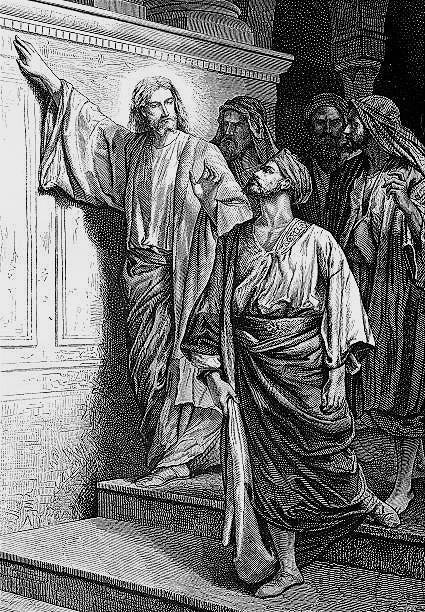
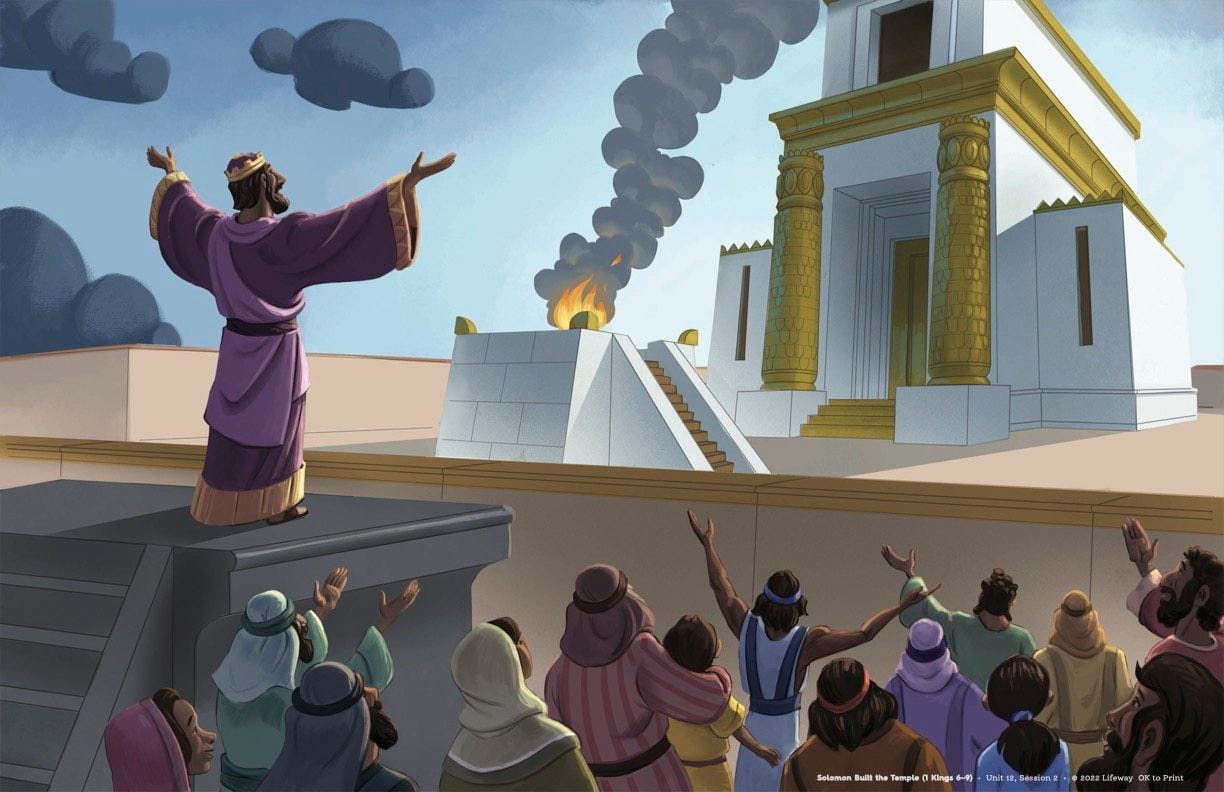
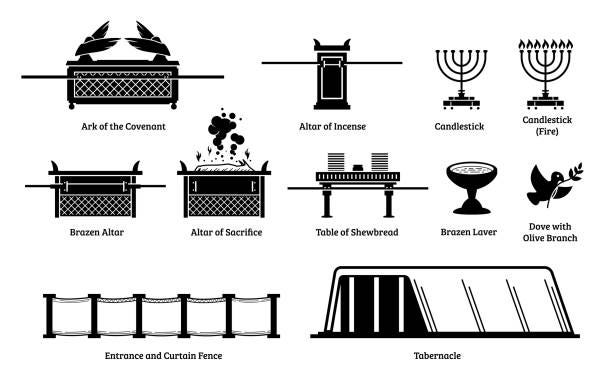
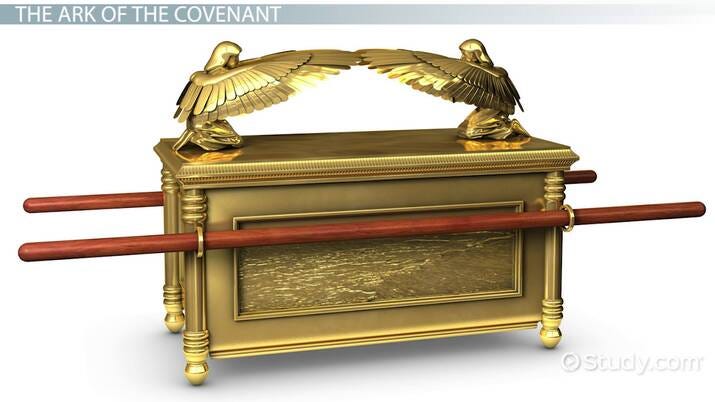
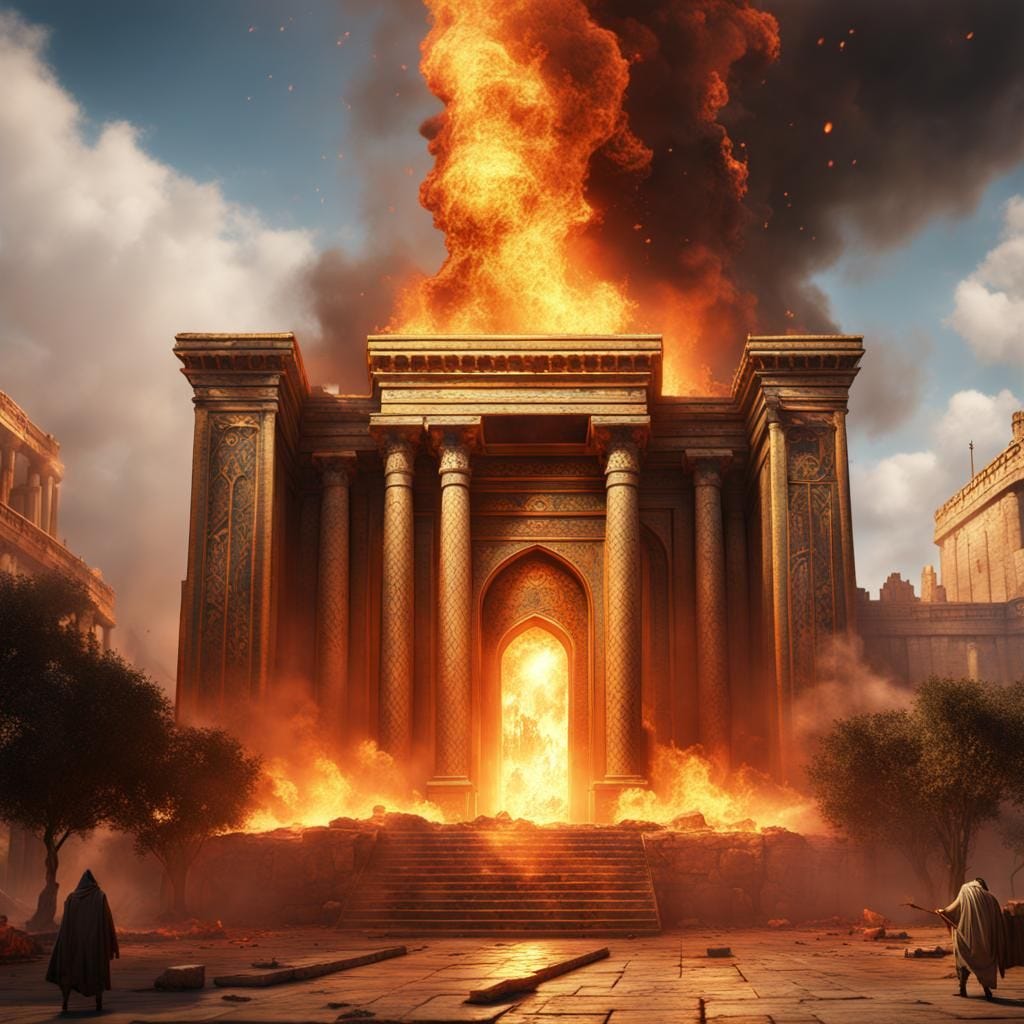
Well done and very interesting
Do you believe the third temple is being prepared to be built? Check out the templeinstitute.com